Unlocking the Potential of Google ADX: A Guide to Maximizing Your Ad Revenue
Unlock the potential of your digital content with our guide to Google Ad Manager ADX. Learn to earn money, optimize ad inventory, and navigate this powerful ad exchange. Partner with experts for maximum earnings, explore benefits for publishers and dive into demand partners, programmatic deals, and brand safety. With insights on reporting and analytics, find the best companies to collaborate with. Your path to ad revenue success starts here! 🚀
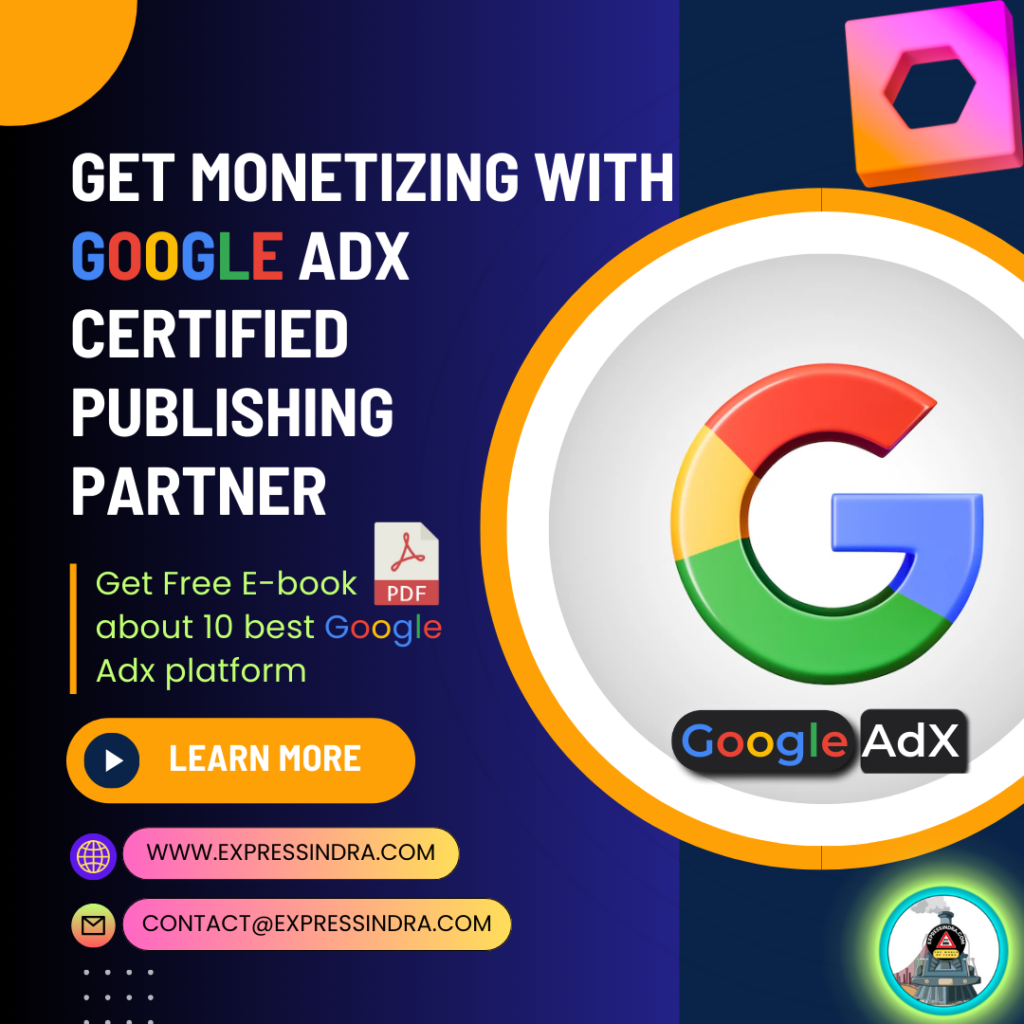
Introduction
Welcome to the world of digital advertising, where the possibilities are endless, and the competition is fierce. In this comprehensive guide, we’ll demystify the powerful ad exchange platform – Google Ad Manager ADX. Whether you’re a seasoned publisher or just starting, join us on this journey to understand how to earn money, optimize your ad inventory, and navigate the intricacies of Google ADX.
Google AdX, short for Google Ad Exchange, is a platform that allows publishers to sell their ad inventory to advertisers through an auction-based system1. It is a more sophisticated and premium marketplace than Google AdSense, offering higher CPM bids, more control over ad inventory, and access to a vast pool of demand sources. Google AdX uses real-time bidding technology to ensure that publishers receive the highest possible price for their ad space1. To access Google AdX, publishers need to meet certain eligibility criteria, such as having high-quality, original content and generating substantial organic traffic2.
Google AdX, or Google Ad Exchange, is a programmatic advertising exchange platform operated by Google. It serves as a marketplace where publishers and advertisers can buy and sell display advertising space programmatically in real time. AdX is part of the Google Ad Manager suite, which provides tools for managing and optimizing digital ad inventory.
Google Ad Manager ADX is the heartbeat of digital advertising, connecting publishers and advertisers in a dynamic marketplace. But how exactly does it work, and what role does it play in the vast digital landscape?

Partnering with Google Certified Publishing Partners
Unlock the full potential of your business by teaming up with Google Certified Publishing Partners. From revenue growth to strategic planning, discover why experts are crucial in navigating the complex world of digital advertising.
Publishers aiming to enter the realm of Google Ad Exchange (Google AdX) have two primary avenues: the Google Certified Publishing Partner (GCPP) or a Multiple Customer Management (MCM) partner. Notably, MCM is exclusive to publishers subscribing to Google Ad Manager 360 (GAM 360), the premium iteration of GAM.
MCM proves invaluable for publishers managing ad inventory across multiple clients or accounts. It simplifies the intricate tasks of handling, selling, and optimizing ad space, ensuring optimal utilization. Through MCM, users efficiently allocate inventory, managing multiple streams from a unified platform. This functionality is particularly advantageous for larger publishers and partners dealing with diverse inventories.
Both GCPP and MCM partners, endorsed by Google, serve as conduits for smaller publishers to access AdX and GAM. Many publishers also entrust these partners with the oversight of their AdX and GAM accounts.
Beyond being gateways to AdX, these partners function as trusted advisors. They go beyond tweaking ad layouts, offering guidance on broader monetization strategies. Their expertise ensures publishers extract the maximum revenue potential from the opportunities that Google AdX brings to the table.

Benefits for Publishers
Dive into the advantages that Google Ad Manager ADX brings to publishers, from increased CPMs to enhanced fill rates. Learn how it can revolutionize your ad revenue strategy.
To initiate the process of acquiring a Google Ad Exchange (Google AdX) account, publishers can reach out to Google through the Google support contact page or by navigating to the help section within their Google Ads account. Upon contact, Google will assign an account manager, provided the publisher meets their specified requirements.
It’s essential to highlight that publishers seeking direct entry into the AdX program should maintain a monthly page view count of approximately 100 million to qualify. This threshold is notably higher than the commonly cited 5 million monthly page views found across the internet. However, Google has not officially disclosed specific figures on this criterion.
For smaller publishers who might find the direct application criteria challenging, an alternative approach is available. They can opt to collaborate with a third-party solutions provider instead of pursuing a direct application to Google AdX, reducing the risk of potential rejection.
Your digital content deserves more! Explore how partnering with experts can optimize your content, attracting the most profitable and relevant advertising.

Essential Qualifications You Need to Know
Google Ad Exchange has specific criteria for publishers to be approved. Publishers need to meet certain quality and content guidelines. The approval process involves a review of the website’s content, design, and overall quality to ensure it complies with Google’s policies.
Understanding the prerequisites for Google Ad Exchange (Google AdX) access is crucial for publishers aiming to tap into its potential. To directly engage with Google AdX,
Having an active Google Ad Manager (GAM) account is the first step toward accessing Google AdX. Publishers can earn money by participating in the programmatic advertising ecosystem through Google Ad Exchange. When advertisers bid in real-time for ad space on a publisher’s website, the winning bid results in the display of the advertiser’s ad, and the publisher earns revenue from that ad impression.
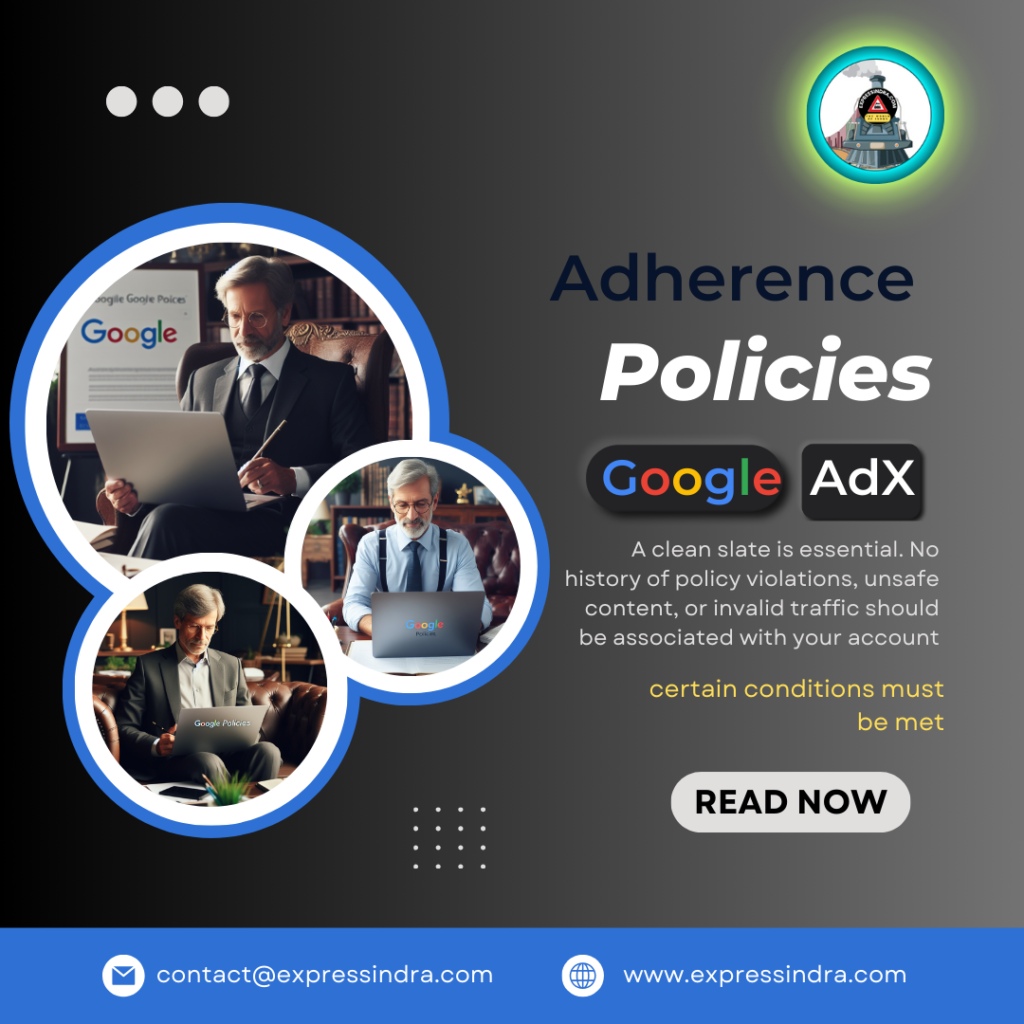
Adherence to Policies
A clean slate is essential. No history of policy violations, unsafe content, or invalid traffic should be associated with your account. certain conditions must be met:
All content and advertisements distributed through AdX must align with Google’s Publisher Policies, Google Ad Manager Partner Guidelines and Ad Quality. This ensures a commitment to ethical and policy-compliant practices in the realm of digital advertising.
It’s important to note that participation in Google Ad Exchange is typically for larger publishers and requires a certain level of web traffic and content quality. Additionally, Ad Exchange is more focused on display advertising, whereas AdSense covers various ad formats including display, text, and link units.
Google AdSense Account:
Publishers seeking access to AdX must have an active Google AdSense account, forming a foundational requirement for eligibility.
Website or App Presence:
Another prerequisite is the possession of a website or app. This underscores the need for publishers to have an established online presence to utilize the capabilities of AdX.
Ad Quality Standards:
AdX maintains a set of policies focused on ad quality. Publishers are obligated to adhere to these standards, guaranteeing that all advertisements meet the specified criteria for quality and integrity.
Updated ads.txt File:
Publishers must maintain an updated ads.txt file containing comprehensive details of all buyers involved in the advertising process.
Monthly Page views:
A minimum of 5 million page views per month is required to qualify for Google AdX access.
Ad Impressions Threshold:
Publishers should register a minimum of 10 million ad impressions per month consistently for at least six months.
It’s imperative to recognize that meeting these criteria doesn’t guarantee direct access to Google AdX. Access is invite-only and subject to the discretion of your Google Account Manager. Additionally, Ad Exchange may have further requirements concerning content types and ad viewability.
For a comprehensive assessment of your website’s eligibility and to navigate the intricacies of Google AdX requirements, our advertising operations experts are available to provide a free evaluation. Remember, users access AdX through Google AdManager.
AdSense Alternatives:
While Google Ad Exchange (ADX) and Google AdSense both fall under Google’s advertising solutions, they serve different purposes. AdSense is more focused on contextual advertising, where ads are displayed based on the content of the webpage. Google Ad Exchange, on the other hand, is a programmatic exchange that allows for real-time buying and selling of display ad impressions. Publishers often use a combination of these services to maximize their revenue.

Understanding Demand Partners and Auction Dynamics
Delve into the mechanics of ADX, exploring how it collaborates with demand partners and the intricate auction process. Uncover the types of demand and their impact on your ad inventory.
From app design to ad optimization, gain insights, services, and technology to make informed decisions and fortify your bottom line.
Discover best practices for optimising your ad inventory with Google Ad Manager ADX. Learn the art of maximizing revenue potential while ensuring an exceptional user experience.
Navigate the world of programmatic direct deals within Google Ad Manager ADX. Learn to set up and manage deals seamlessly, negotiating terms for a win-win situation.

Ad Quality and Brand Safety in Google ADX
In the realm of Google ADX, safeguarding your brand is a top priority. It’s about striking a balance—ensuring effective monetization while maintaining a secure environment. Within ADX, there are specific features and tools designed to uphold both ad quality and brand safety. These tools act as guardians, filtering out any content that could compromise the integrity of your brand, ensuring a positive user experience.
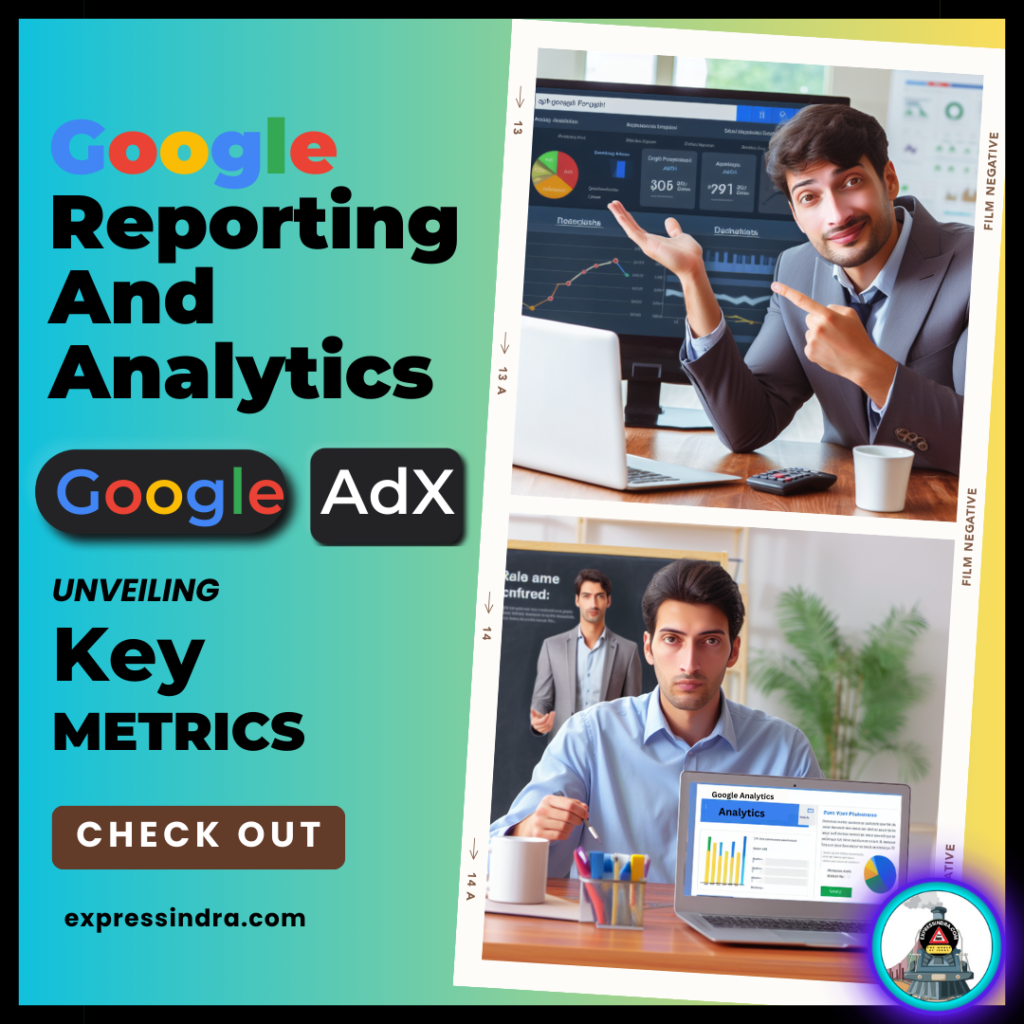
Reporting and Analytics: Unveiling Key Metrics
Google Ad Manager ADX isn’t just a platform; it’s a treasure trove of insights. Dive into its robust reporting capabilities to track key metrics that unveil the performance of your ads. From impressions to clicks and revenue, these metrics provide a comprehensive understanding of how your ad strategy is faring. Generating reports from this data allows you to make informed decisions, optimize your approach, and stay ahead in the ever-evolving world of digital advertising.

Focus on What You Do Best: Creating Content
Imagine having expert partners by your side, leveraging cutting-edge advertising technologies. This collaboration frees you up to focus on what you do best—creating outstanding content. With the burden of intricate advertising technologies lifted you can let your passion shine through in your content creation. It’s a symbiotic relationship where you excel in your craft while your partners handle the complexities of advertising.
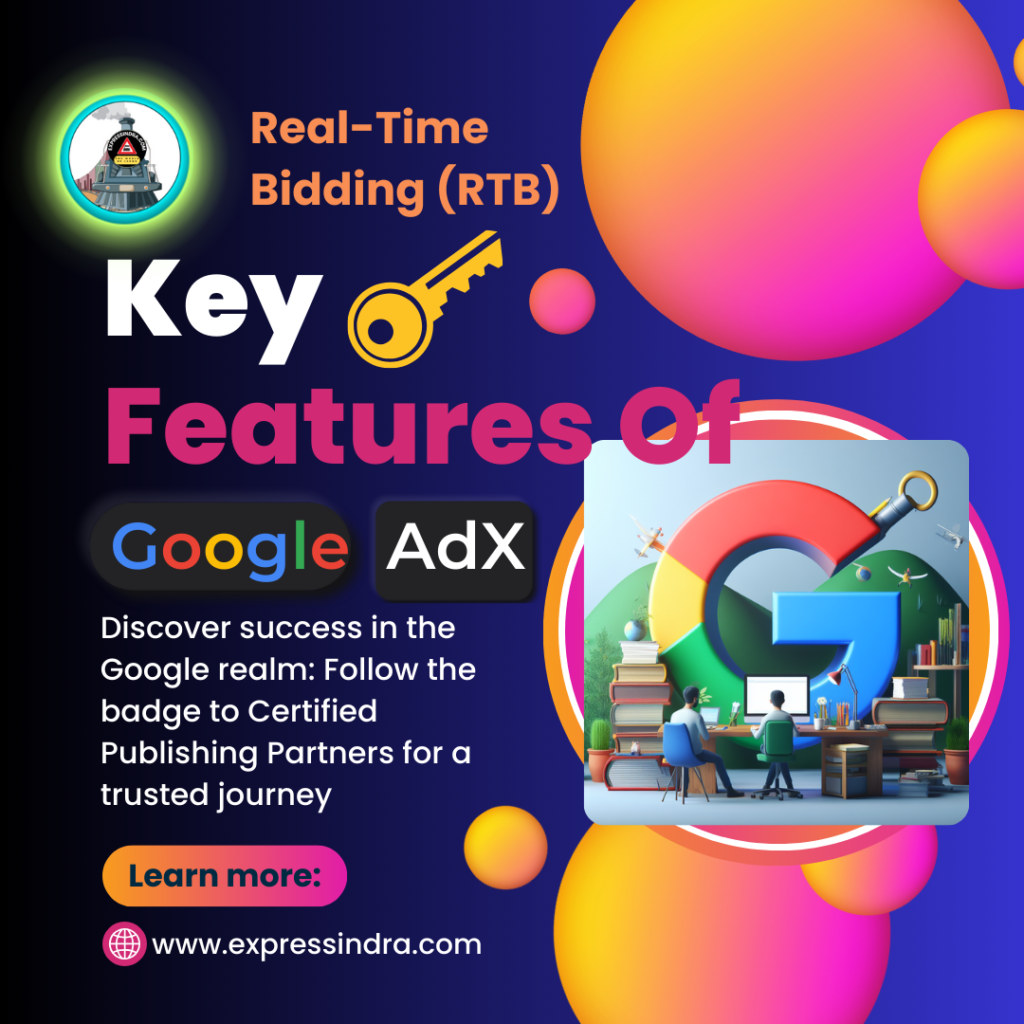
Key features of Google AdX include
Real-Time Bidding (RTB):
AdX enables real-time bidding, allowing advertisers to bid on ad impressions as they become available in real-time auctions.
Monetization for Publishers:
Publishers use AdX to maximize their ad revenue by selling their ad inventory to the highest bidder through dynamic auctions.
Premium Inventory Access:
AdX provides access to a wide range of premium and high-quality ad inventory from publishers, helping advertisers reach their target audiences more effectively.
Audience Targeting:
Advertisers can leverage audience data and targeting options to reach specific demographics, interests, and behaviours.
Cross-Platform Integration:
AdX supports various ad formats and can be used across different platforms, including desktop, mobile, and video.
Programmatic Advertising:
AdX is a key player in the programmatic advertising landscape, automating the buying and selling of ads to make the process more efficient and data-driven.
Advertisers and publishers often use Google AdX in conjunction with other advertising platforms to create comprehensive and effective digital advertising strategies. Keep in mind that the features and details may evolve, so it’s a good idea to refer to the latest documentation or resources from Google for the most up-to-date information.
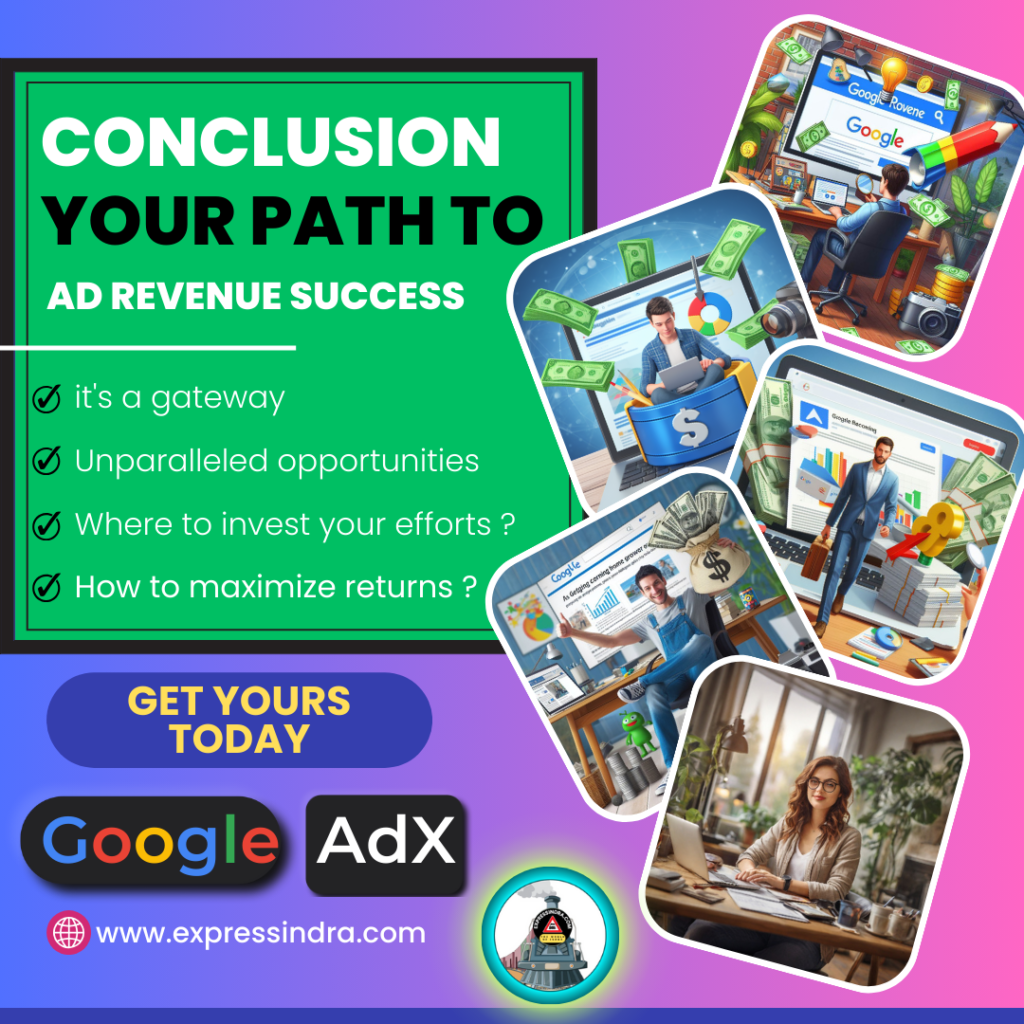
Conclusion: Your Path to Ad Revenue Success
In wrapping up our journey, it’s evident that Google Ad Manager ADX isn’t just a platform; it’s a gateway to unparalleled opportunities for publishers. The key to unlocking these opportunities lies in grasping the intricacies of ADX, forming alliances with seasoned experts, and fine-tuning your strategies.
As a publisher, you’re not just navigating a digital landscape; you’re embarking on a path that leads to ad revenue success. Understanding the nuances of ADX is akin to having a treasure map, guiding you through the ever-evolving world of digital advertising. It’s about knowing how to navigate, where to invest your efforts, and how to maximize returns.
Partnering with experts in the field is like having seasoned guides on this journey. These experts bring invaluable insights, proven strategies, and a wealth of experience. Their expertise becomes a compass, helping you navigate the complexities of ADX and make informed decisions that lead to success.
Optimizing strategies is the final piece of the puzzle. It’s about adapting, refining, and ensuring that your approach aligns with the dynamic nature of digital advertising. By continuously fine-tuning your strategies, you’re not just keeping up; you’re staying ahead of the curve.
In essence, the conclusion is clear: Google Ad Manager ADX isn’t just a tool; it’s a transformative force for publishers. Your path to ad revenue success is illuminated by knowledge, guided by experts, and sustained by strategic optimization. It’s not just about opening doors; it’s about forging a path to unprecedented success in the ever-expanding realm of digital advertising.

FAQs: Answering Your Google ADX Queries
What is Google ADX, and how does it differ from AdSense?

Google Ad Manager ADX is an ad exchange platform, whereas AdSense is an ad network. ADX allows for more advanced features like programmatic direct deals.
Can I use Google Ad Manager ADX without a certified partner?

While it’s possible, partnering with a certified expert enhances your chances of success, ensuring optimal setup, optimization, and maintenance.
How does ad quality affect my brand’s safety?

Maintaining ad quality in ADX is crucial for brand safety. The platform provides tools to filter and control the quality of ads displayed.
Is there a difference between CPM and fill rates?

Yes, CPM (Cost Per mile) is the cost per thousand impressions, while fill rate is the percentage of ad requests filled with ads.
How do I track key metrics in ADX reporting?

ADX reporting provides a user-friendly interface to track metrics like impressions, clicks, and revenue. Simply navigate the dashboard for detailed insights.
This comprehensive guide has equipped you with the knowledge to navigate Google Ad Manager ADX successfully. Whether you’re a publisher aiming to maximize revenue or an advertiser seeking the right platform, understanding the nuances of ADX is your key to success. Dive in, explore, and let your digital presence thrive.

🎲 Dive into the thrilling world of Yahtzee!
🌐 Uncover strategies, roll like a pro, and compete globally. Ready to score big?
🏆 Don’t miss out on the ultimate gaming thrill!
Download our FREE E-book now: “Top 5 Mobile Games in the USA (iPhone+Android).” 📚


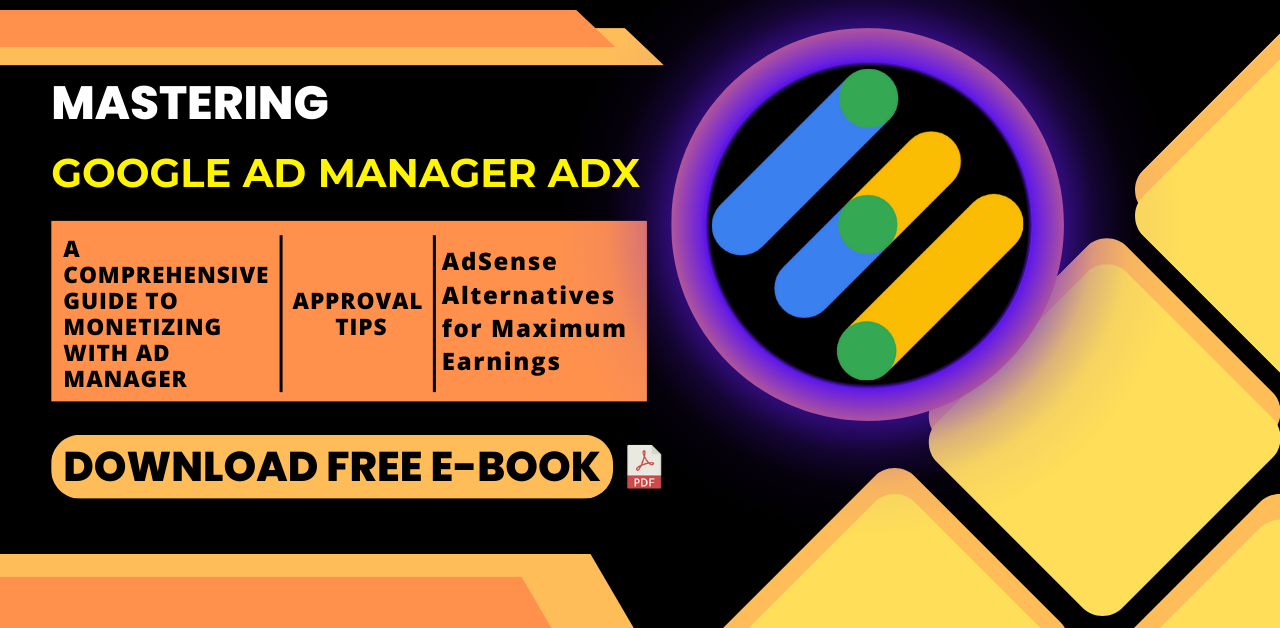

1 thought on “Mastering Google ADX for Maximum Earnings – A Powerful Guide to Monetization, Expert Approval Tips, and Lucrative AdSense Alternatives 🚀”